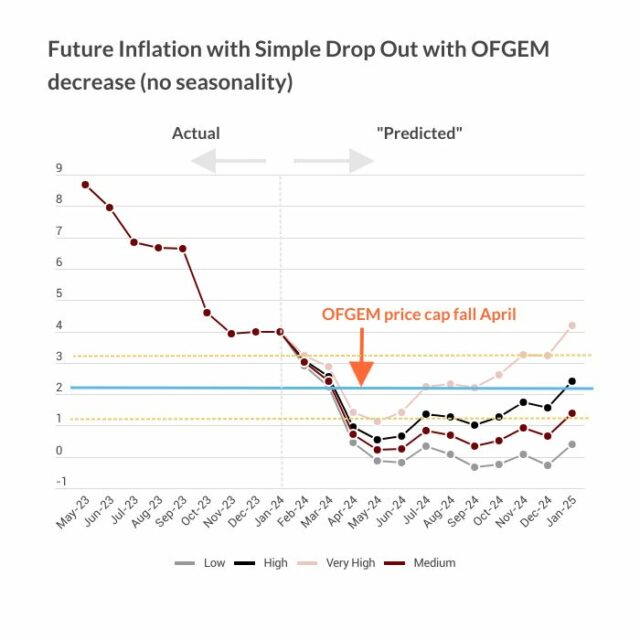- Home
- Publications
- Modelling And Estimating Large Macroeconomic Shocks During The Pandemic
Modelling and Estimating Large Macroeconomic Shocks During the Pandemic
 Pub. Date
Pub. Date
 Pub. Type
Pub. Type

Authors
Related Themes
Macro-Economic Modelling and ForecastingJEL Code
C11, C51, E30
Paper Category Number
530
This paper proposes and estimates a new Two-Sector One-Agent model that features large shocks. The resulting medium-scale New Keynesian model includes the standard real and nominal frictions used in the empirical literature and allows for heterogeneous COVID-19 pandemic exposure across sectors. We solve the model nonlinearly and we propose a new nonlinear, non-Gaussian filter designed to handle large pandemic shocks to make inference feasible. Monte Carlo experiments show that it correctly identifies the source and time location of shocks with a massively reduced running time, making the estimation of macro-models with disaster shocks feasible. The estimation is carried out using the Sequential Monte Carlo sampler recently proposed by Herbst and Schorfheide (2014).
Our empirical results show that the pandemic-induced economic downturn can be reconciled with a combination of large demand and supply shocks. More precisely, starting from the second quarter of 2020, the model detects the occurrence of a large negative demand shock in consuming all kinds of goods, together with a large negative demand shock in consuming contact-intensive products. On the supply side, our proposed method detects a large labor supply shock to the general sector and a large labor productivity shock in the pandemic-sensitive sector.
Related Blog Posts



What is the Current State of the UK Economy?
Paula Bejarano Carbo
Stephen Millard
26 Feb 2024
7 min read

Related Projects
Related News


Why it’s not worth worrying that the UK has technically entered a recession
26 Feb 2024
4 min read

1.2 million UK Households Insolvent This Year as a Direct Result of Higher Mortgage Repayments
22 Jun 2023
2 min read

The Key Steps to Ensuring Normal Service is Quickly Resumed in the Economy
13 Feb 2023
4 min read
Related Publications
Recessionary Pressures Receding in the Rearview Mirror as UK Economy Gains Momentum
12 Apr 2024
GDP Trackers

The Nature of the Inflationary Surprise in Europe and the USA
21 Mar 2024
Discussion Papers
Related events

Summer 2023 Economic Forum

Spring 2023 Economic Forum

Winter 2023 Economic Forum

Autumn 2022 Economic Forum

Summer 2022 Economic Forum

Spring 2022 Economic Forum

Winter 2022 Economic Forum

Autumn 2021 Economic Forum






